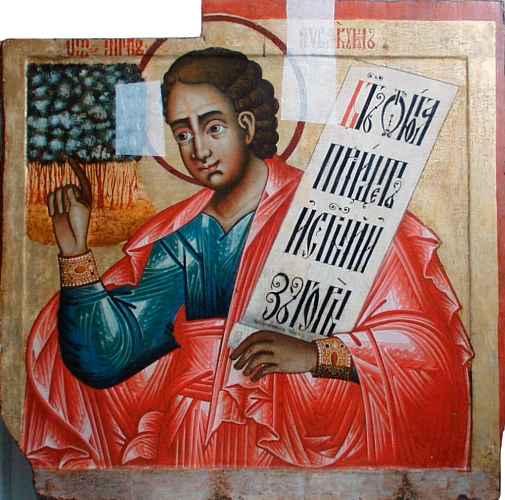The disks are one bit, but there’s much more.
Ok, so first thing is familiarising yourself with the concept of the “Great Apostasy”, a strain of anti-Catholicism prevalent in certain strains of Protestantism, especially the sects that would spread in the early US and give rise to Mormonism. Basically Istar is the Catholic Church as viewed through the lens of such beliefs. It is notable in Dragonlance how the Plainsmen are key in the restoration of the “true faith”, just as the Native Americans are key to the story in the Book of Mormon.
The Seekers in the Dragonlance chronicles are basically representations of new age fads and popular 19th century fads like theosophy.






